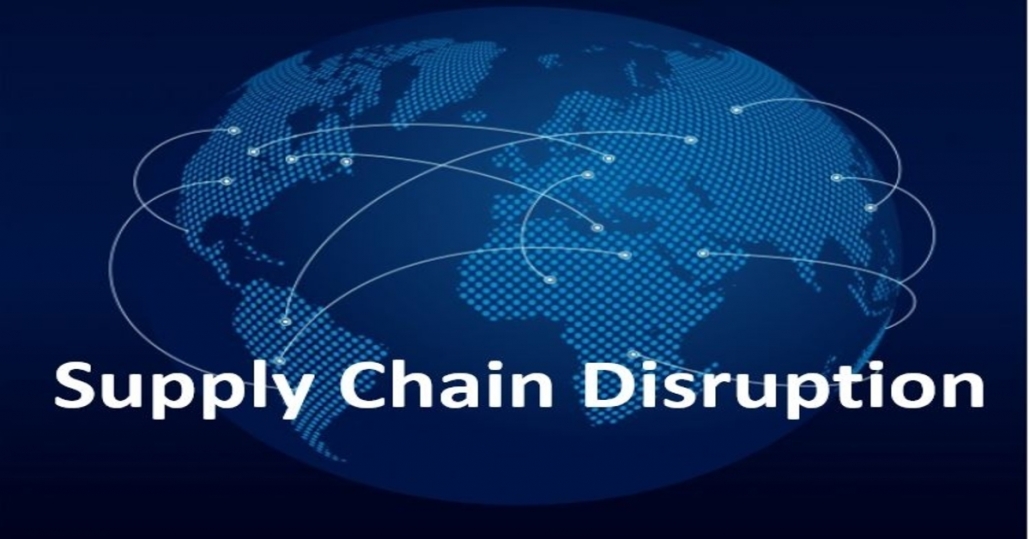How to Plan in Times of Supply Chain Disruption
Disruptions to supply are inevitable. There can be many causes of supply chain disruptions from governmental regulation changes to transportation failures or natural disasters. Today, we are seeing the impact of supply chain disruptions with the novel coronavirus, COVID-19, which has effectively shut down the entire country of China for over a month. Harvard Business Review reports almost one half of China’s population being quarantined by the Chinese government. There are some reports that Chinese factories are back up and running. For example, Apple Inc. released a statement saying their factories are open but work is resuming slower than anticipated.
There is no doubt the coronavirus has and will continue to cause issues with manufacturing capacity, delay ship dates, put immense pressure on ports, and potentially cause order cancellations of raw materials and finished goods being exported globally including to the US. Even companies that do not manufacture products in China may feel the impact if the raw materials come from China. The shift of manufacturing to other countries not impacted by COVID-19 shut-downs may cause a tightening of manufacturing capacities. There is no dispute about global impact.
So how can the impact of supply chain disruption be managed? See below for four ways to help mitigate these risks for your company:
- Forecast into the future: With uncertainty in deliveries, it is necessary to plan further out into the future. The normal weeks of supply level may need to be adjusted to account for delayed or cancelled future orders. If companies can move purchase orders up or produce more of the top products, now is the time to do so. This may be a good solution for short term disruptions but depending on carrying costs, may not be ideal as a long-term solution. It is important to look at demand and make sure goods aren’t over purchased.
- Pad lead times: Normal lead times are not feasible during a supply chain disruption. The lead times will need to be extended to account for delayed goods. These longer lead times will need to be factored in when calculating need based on current sales trends.
- Adjust Product Demand: In some cases, more supply of an item may not be available now or in the near future or may be too costly to purchase or manufacture. Companies can take steps to manage the demand of an item. This can be done by pushing demand to a similar item by offering a discount or increasing marketing of the like item. Another way to slow demand of a product is to increase the price, but companies must also be careful to keep the consumer in mind when making these decisions.
- Shift to a Secondary Source: When possible, having multiple vendors to supply raw materials or finished goods is ideal. When one factory, city or country is hit with supply chain disruptions, a secondary source can stop the disruption from affecting the consumer. As the present disruption subsides, it may be prudent to explore diversified supply chain sources to improve your capabilities should the need for alternatives arise again in the future.
At the end of the day, supply chain disruptions may be unavoidable. But there are ways to mitigate the impact these disruptions can have on a company and its bottom line. And guess what? Supply chain disruptions can be short lived. Getting through these supply chain issues could result in a business growth or better KPIs. Some are even predicting a strong rebound post COVID-19 shut downs-with a payback from lost months.
SAFIO Solutions’ forecasting software integrates a company’s data into a single comprehensive platform, with reports & dashboards, customized to meet our client’s unique needs. The forecasting process has already been defined & is included in the licensed application, resulting in reduced start up time & cost. This efficient process creates the vision & consistent reporting needed to improve forecasting, optimize inventory & make strategic decisions resulting in improved operational performance.
For more information on how SAFIO Solutions can help your company in times of supply chain disruption, contact the industry experts at:









